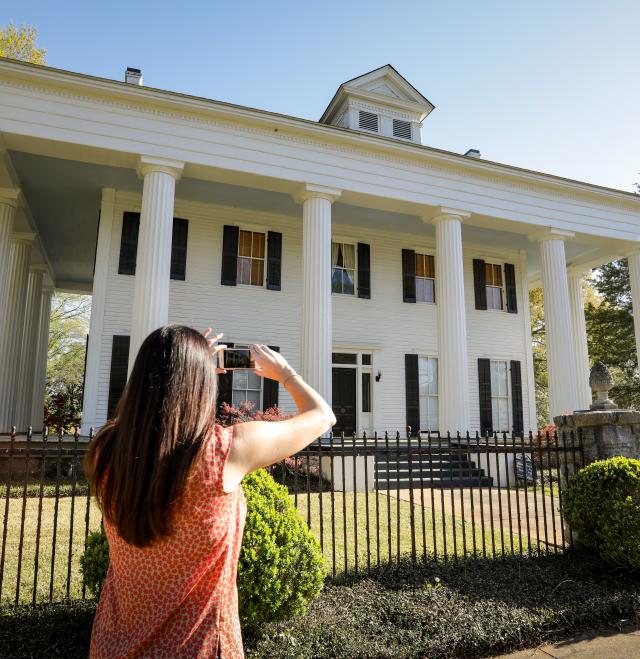Japanese Internment Camps: Arizona History Revealed
The sun-kissed deserts of Arizona, a land of breathtaking beauty and rich cultural heritage, also bear the scars of a troubled past. One of the most poignant and lesser-known chapters in the state’s history is the story of the Japanese internment camps that existed during World War II. These camps, where thousands of Japanese Americans were forcibly relocated and detained, serve as a powerful reminder of the dangers of xenophobia, racial prejudice, and the erosion of civil liberties.
In the aftermath of the Japanese attack on Pearl Harbor in December 1941, the United States was plunged into a state of war-induced hysteria. Fear, mistrust, and racism towards Japanese Americans skyrocketed, fueled by sensationalized media reports and rhetoric from politicians. This toxic atmosphere led to the issuance of Executive Order 9066 by President Franklin D. Roosevelt on February 19, 1942, which authorized the Secretary of War to designate certain areas as military zones, from which “any or all persons” could be excluded. Although the order did not specifically mention Japanese Americans, it was clear that they were the primary target.
The consequences of this order were devastating. Over 120,000 Japanese Americans, many of whom were born and raised in the United States, were forcibly removed from their homes and relocated to internment camps in remote areas of the country, including Arizona. The camps,which were little more than prison-like facilities surrounded by barbed wire and guard towers, were designed to be self-sufficient, with internees providing their own food, housing, and entertainment.
Two of the largest internment camps in Arizona were the Poston Relocation Center and the Gila River War Relocation Center. The Poston camp, located in southwestern Arizona, was one of the first to be established, with the first internees arriving in May 1942. The camp was divided into three sections, each with its own hospital, school, and administrative buildings. Despite the harsh conditions, the internees at Poston worked tirelessly to create a sense of community, establishing their own newspaper, the Poston Chronicle, and even forming a baseball team.
The Gila River War Relocation Center, situated just southeast of Phoenix, was another major camp in Arizona. Established in July 1942, it quickly became one of the largest internment camps in the country, with a population of over 13,000 internees. The camp was known for its harsh conditions, with internees facing extreme heat, dust storms, and inadequate housing. Despite these challenges, the internees at Gila River also worked to create a sense of normalcy, establishing their own schools, churches, and social organizations.
One of the most significant consequences of the internment camps was the long-term impact on the internees themselves. Many Japanese Americans suffered from psychological trauma, economic hardship, and social isolation, which lasted long after the war ended. The experience of being forcibly relocated and detained also led to a loss of cultural identity and community cohesion, as internees were forced to abandon their homes, businesses, and social networks.
In recent years, there has been a growing recognition of the injustices perpetrated against Japanese Americans during World War II. In 1988, the United States government officially apologized for the internment camps, providing reparations to surviving internees and their families. The story of the Japanese internment camps in Arizona serves as a powerful reminder of the importance of preserving our civil liberties, promoting cultural understanding, and protecting the rights of all individuals, regardless of their background or nationality.
- Visit the Poston Memorial Monument in southwestern Arizona, which commemorates the site of the Poston Relocation Center.
- Explore the Gila River War Relocation Center Museum, which provides a glimpse into the daily life of internees at the camp.
- Read the memoirs of Japanese American internees, such as Farewell to Manzanar by Jeanne Wakatsuki Houston and James D. Houston.
- Watch documentaries, such as The Internment of Japanese Americans, which provide a comprehensive overview of the internment experience.
- Support organizations that promote cultural understanding and preserve the history of Japanese American internment, such as the Japanese American National Museum.
The legacy of the Japanese internment camps in Arizona continues to resonate today, serving as a powerful reminder of the importance of protecting our civil liberties and promoting cultural understanding. By examining this painful chapter in American history, we can gain a deeper understanding of the dangers of xenophobia, racism, and prejudice, and work towards creating a more just and equitable society for all.
- Gaining a deeper understanding of the importance of protecting civil liberties and promoting cultural understanding.
- Developing empathy and compassion for the experiences of Japanese Americans during World War II.
- Recognizing the dangers of xenophobia, racism, and prejudice, and working to prevent similar injustices in the future.
- Ignoring the historical injustices perpetrated against Japanese Americans and failing to learn from the past.
- Perpetuating xenophobia, racism, and prejudice by ignoring the experiences of marginalized communities.
- Failing to recognize the importance of protecting civil liberties and promoting cultural understanding in our own time.
In conclusion, the story of the Japanese internment camps in Arizona is a complex and multifaceted one, marked by both tragedy and resilience. By examining this painful chapter in American history, we can gain a deeper understanding of the importance of protecting our civil liberties, promoting cultural understanding, and recognizing the dangers of xenophobia, racism, and prejudice. As we move forward, it is essential that we remember the experiences of Japanese Americans during World War II, and work towards creating a more just and equitable society for all.
What was the main reason for the internment of Japanese Americans during World War II?
+The main reason for the internment of Japanese Americans during World War II was fear and mistrust towards Japanese Americans, fueled by sensationalized media reports and rhetoric from politicians, which led to the issuance of Executive Order 9066.
How many Japanese Americans were interned during World War II?
+Over 120,000 Japanese Americans were interned during World War II, with many being forcibly relocated to remote areas of the country, including Arizona.
What were the conditions like in the internment camps?
+The conditions in the internment camps were harsh, with internees facing extreme heat, dust storms, and inadequate housing, as well as psychological trauma, economic hardship, and social isolation.
How did the internment camps affect the Japanese American community?
+The internment camps had a profound impact on the Japanese American community, leading to a loss of cultural identity and community cohesion, as well as long-term psychological trauma, economic hardship, and social isolation.
What can we learn from the experience of Japanese Americans during World War II?
+We can learn the importance of protecting civil liberties, promoting cultural understanding, and recognizing the dangers of xenophobia, racism, and prejudice, as well as the need to preserve the history of Japanese American internment and support organizations that promote cultural understanding.

